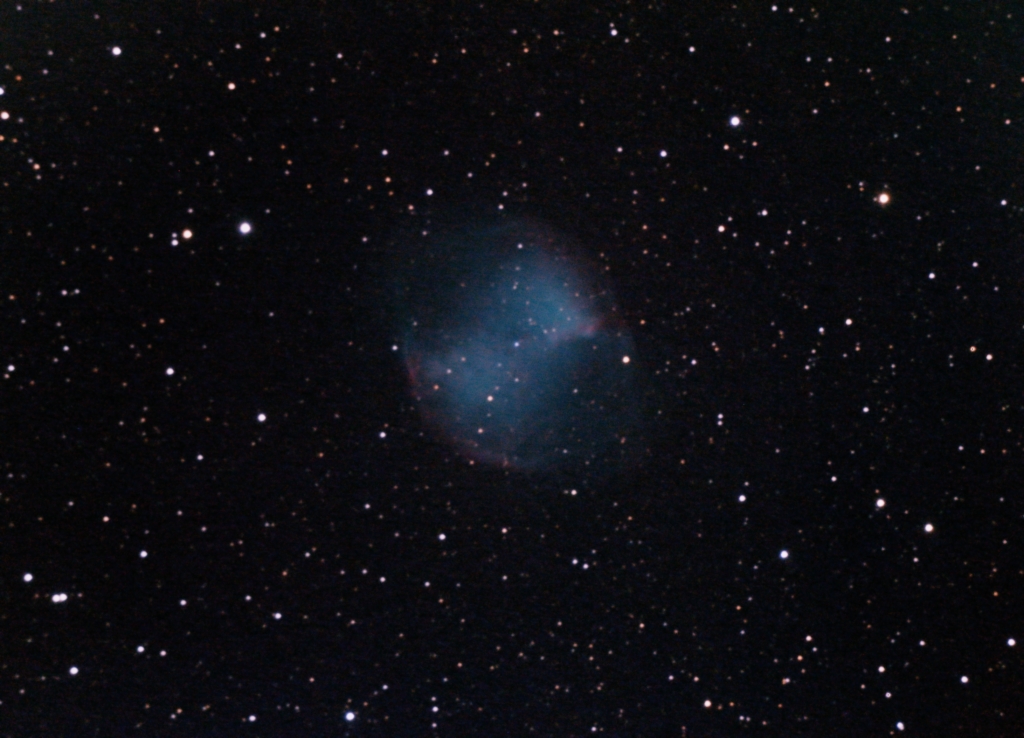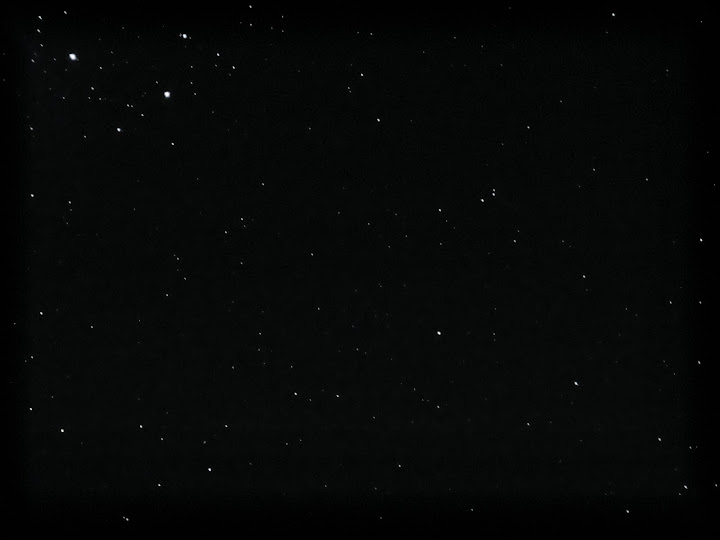I didn't know the moon had an atmosphere!
It looks like the telescope used for that pic had some chromatic aberration going on.
I didn't know the moon had an atmosphere!







Andromeda has been a difficult target for me in the past because it's so huge. Just to get the main galaxy without either of the satellite galaxies would require me to do a mosaic at least 6 images wide and 2 images tall. For comparison, the above Orion nebula picture is only a 2 image mosaic. I was thinking about trying it though, and it'll probably need to be the first time I create an image using exposures from multiple nights.Wow - that's lovelyI saw M31 (Andromeda Galaxy) through my 130mm 'scope tonight - it was a sight to behold (even though it only looked like a smudge!). I also saw the Double Cluster. Could you do a photograph of either of these please?
If you liked the Andromeda galaxy you're going to love the Orion nebula.I also hope to see the Orion Nebula soon too.
Indeed, I used the raw mode but none of the default "scene" settings seem to work as well as auto white balancing (naturally there's no scene setting for "stars and nebulae" lol). Furthermore, the deep sky stacker software I use is unable to change the white balance setting on the raw files, but I suppose that's something I could edit prior to loading it in there.White balance is the curse of CCD cameras. Better would be taking pictures in the RAW format, and then setting the same white balance on all photos. Does the program support RAW format?
Very true, monochrome CCDs in combination with RGB filters would also work better. The top of the line astronomy CCDs are monochromatic for that reason, plus you can use narrowband filters and do Hubble-style palletes. The thing about "true color" for any camera, film or CCD, is that the response curve of any detector is going to be very different from that of human night vision, which itself is "greyscale" and more sensitive to green while almost completely insensitive to red. Even "auto white balancing" is pretty close to the true colors we would see if these objects were bright enough to be seen with daylight vision. Maybe one day I'll be able to afford a top of the line astronomical camera, but not any time soon lol.But the best effect would give RGB filters and 3 monochromatic photos on classical film. That would give the most real true-color.



